Home Depot stock has enjoyed an impressive 39% increase in just one year, leaving many investors puzzled considering the company's recent financial results. Revenue declined by 0.7% year-over-year, net income dropped by 4.4%, cash flow plummeted by 57.1%, and debt increased by 21.4%. So, why is the stock price rising? The answer lies in its long-term performance, as Home Depot has consistently attracted investors seeking stability rather than short-term speculation.
Here, we’ll analyze Home Depot's financial health, growth prospects, and valuation over a 10-year horizon to better understand its investment potential.
Home Depot’s Long-Term Success Story
If you invested $11,000 in Home Depot a decade ago, you could have purchased 11 shares, which today would be worth approximately $44,336. Including dividends of $512, your total gain would amount to $33,848, representing a 385% return. This demonstrates Home Depot's resilience and ability to deliver impressive long-term results for shareholders.
A Closer Look at Home Depot’s Fundamentals
Strengths
- Return on Invested Capital (ROIC): With a 10-year median ROIC of 31.5%, Home Depot is exceptionally efficient at creating value, far surpassing the 10% benchmark.
- Net Profit Margins: Averaging 10.3% over the last 5 years, Home Depot’s profitability exceeds the industry median of 6.5%, showcasing its pricing power.
- Share Buybacks: The company repurchased 30.8% of its shares in the last decade, increasing the ownership stake for long-term investors without requiring additional investment.
- Growing Dividend: Home Depot offers a dividend yield of 2.1%, with a payout ratio of 59.2%. The company has consistently grown its dividend for the past 14 years, with an 11.6% 5-year growth rate.
Weaknesses
- High Debt Levels: It would take over 3 years to repay long-term debt using current free cash flow, exceeding the desirable threshold of 2 years.
- Growth Metrics: Revenue growth over the last decade was 6.8% CAGR, while free cash flow grew by 8.8% CAGR, both falling short of the ideal 10% benchmark.
Is Home Depot Overvalued?
Home Depot’s price-to-earnings ratio (P/E) stands at 27.7, well above the industry average, raising concerns about its valuation. Using a Discounted Cash Flow (DCF) analysis, the intrinsic value is estimated as follows:
- Low Scenario: $140
- Medium Scenario: $159
- High Scenario: $199
With the current price hovering around $415, Home Depot appears significantly overvalued based on traditional valuation metrics.
The Big Picture: Stable but Pricey
Home Depot's strengths lie in its consistent financial health, share buybacks, and growing dividend payouts, making it a compelling choice for long-term investors who value stability. However, its high valuation and moderate growth metrics suggest caution. For those looking to invest, it might be best to wait for a more favorable entry point.
Conclusion
Home Depot is a classic example of a stable, "boring" company that continues to reward patient, long-term investors. The key is to understand its valuation and be prepared to act when the price aligns with your investment goals.
https://youtu.be/FDYNpgptsUY?si=duknWtxVuWhD-OuH
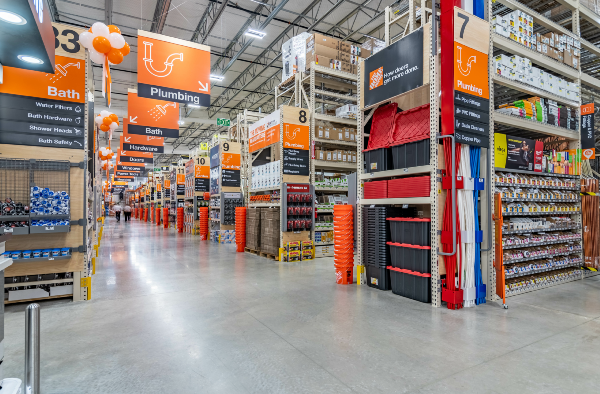









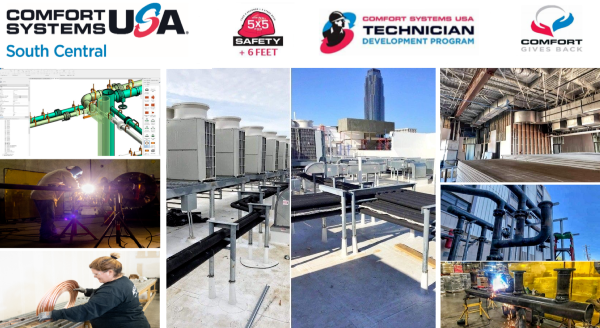


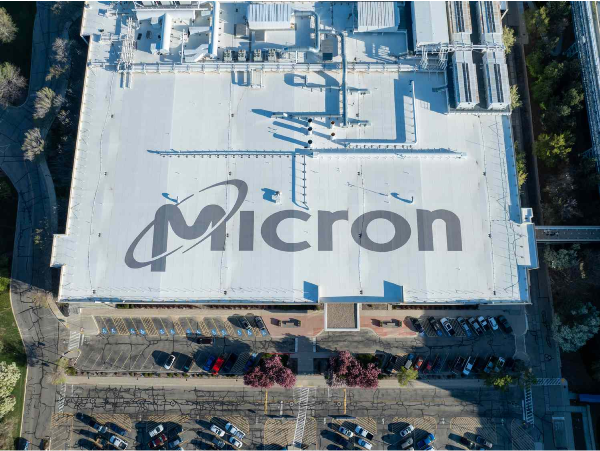

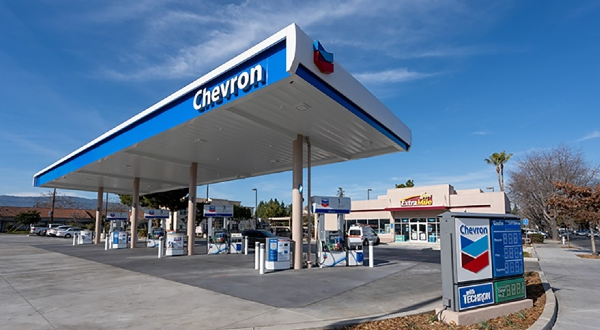

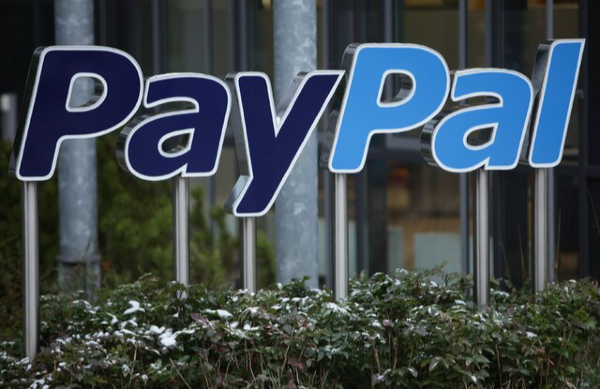











Home Depot stock has enjoyed an impressive 39% increase in just one year, leaving many investors puzzled considering the company's recent financial results. Revenue declined by 0.7% year-over-year, net income dropped by 4.4%, cash flow plummeted by 57.1%, and debt increased by 21.4%. So, why is the stock price rising? The answer lies in its long-term performance, as Home Depot has consistently attracted investors seeking stability rather than short-term speculation.
Here, we’ll analyze Home Depot's financial health, growth prospects, and valuation over a 10-year horizon to better understand its investment potential.
Home Depot’s Long-Term Success Story
If you invested $11,000 in Home Depot a decade ago, you could have purchased 11 shares, which today would be worth approximately $44,336. Including dividends of $512, your total gain would amount to $33,848, representing a 385% return. This demonstrates Home Depot's resilience and ability to deliver impressive long-term results for shareholders.
A Closer Look at Home Depot’s Fundamentals
Strengths
Weaknesses
Is Home Depot Overvalued?
Home Depot’s price-to-earnings ratio (P/E) stands at 27.7, well above the industry average, raising concerns about its valuation. Using a Discounted Cash Flow (DCF) analysis, the intrinsic value is estimated as follows:
With the current price hovering around $415, Home Depot appears significantly overvalued based on traditional valuation metrics.
The Big Picture: Stable but Pricey
Home Depot's strengths lie in its consistent financial health, share buybacks, and growing dividend payouts, making it a compelling choice for long-term investors who value stability. However, its high valuation and moderate growth metrics suggest caution. For those looking to invest, it might be best to wait for a more favorable entry point.
Conclusion
Home Depot is a classic example of a stable, "boring" company that continues to reward patient, long-term investors. The key is to understand its valuation and be prepared to act when the price aligns with your investment goals.
https://youtu.be/FDYNpgptsUY?si=duknWtxVuWhD-OuH